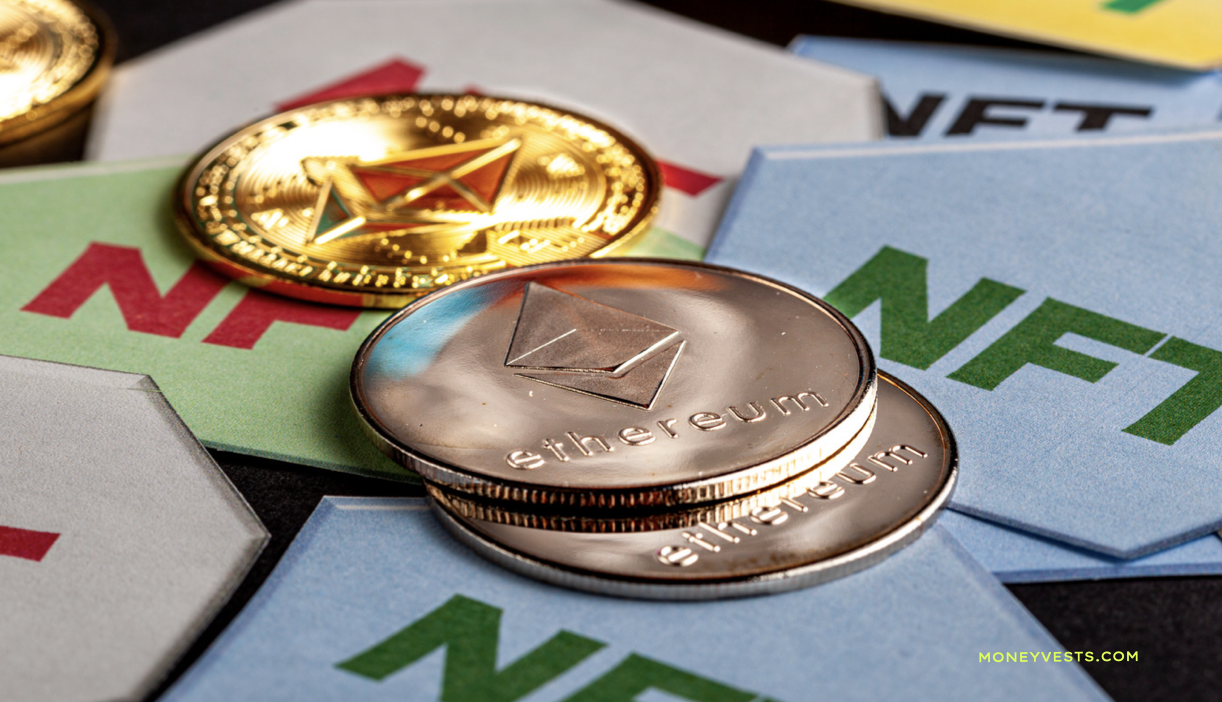Table of Contents
What Are NFT Tokens and How Do They Work?
As the world becomes increasingly digitized, new technologies are emerging that are transforming the way we create, buy, and sell goods and services. One of the most exciting developments in recent years is the rise of non-fungible tokens (NFTs).
In this article, we’ll explain what NFTs are, how they work, and why they’re causing such a stir in the art and collectibles world.
Introduction: Understanding NFTs
Non-fungible tokens are a type of digital asset that is stored on a blockchain, the decentralized digital ledger technology that underpins cryptocurrencies such as Bitcoin and Ethereum.
Unlike cryptocurrencies, however, NFTs are unique and cannot be exchanged for other tokens on a one-to-one basis, hence the term “non-fungible”.
NFTs can represent anything from artwork to music, video game items, virtual real estate, and even tweets, and they are used to prove ownership and authenticity of a digital asset.
How NFTs Work
The technical workings of NFTs are complex, but the basic idea is that they allow creators to mint unique digital assets and sell them on the open market.
Each NFT is a unique string of code stored on a blockchain that contains information about the digital asset it represents, such as the artist’s name, the date of creation, and the specific characteristics of the asset.
Once an NFT has been created, it can be sold and transferred just like any other asset. Buyers can use cryptocurrencies to purchase NFTs, and the transactions are recorded on the blockchain, which makes them secure and immutable.
NFTs and the Art World
The art world has been quick to embrace NFTs as a new way to monetize digital art.
By using NFTs, artists can sell their digital works directly to collectors without the need for intermediaries such as galleries or auction houses. This has the potential to democratize the art world and make it more accessible to emerging artists.
One of the most high-profile examples of an NFT sale is the $69 million sale of a digital artwork by Beeple at Christie’s auction house in March 2021.
The artwork, called “Everydays: The First 5000 Days,” was sold as an NFT and instantly became one of the most expensive works by a living artist.
The Pros and Cons of NFTs
As with any new technology, NFTs have their pros and cons. Some of the advantages of NFTs include:
- Proving ownership and authenticity of digital assets
- Opening up new revenue streams for creators
- Democratizing the art world and making it more accessible
However, there are also some concerns about NFTs, such as:
- The environmental impact of blockchain technology and the energy required to mint and trade NFTs
- The potential for fraud and scams in the unregulated NFT market
- The elitism of the art world and the risk of creating a new generation of “digital art elites”
Conclusion
In summary, NFTs are a new and exciting way to monetize digital assets and prove ownership and authenticity of unique items. They have the potential to democratize the art world and make it more accessible to emerging artists.
However, there are also some concerns about their environmental impact and the potential for fraud in the unregulated NFT market.
As the use of NFTs continues to grow and evolve, it will be interesting to see how they transform the art and collectibles world, as well as other industries such as gaming and social media.
FAQs
- What is an NFT?
An NFT, or non-fungible token, is a unique digital asset stored on a blockchain that represents ownership and authenticity of a specific item or piece of content, such as artwork, music, or even tweets.
- How are NFTs created? NFTs are created by minting a unique string of code on a blockchain that contains information about the digital asset it represents. The process of minting an NFT can vary depending on the blockchain platform being used.
- How are NFTs bought and sold?
NFTs can be bought and sold on various online marketplaces, often using cryptocurrencies such as Ethereum. The transaction is recorded on the blockchain, making it secure and immutable.
- Why are NFTs causing such a stir in the art world?
NFTs have the potential to revolutionize the way digital art is sold and collected, allowing artists to sell their work directly to collectors without the need for intermediaries such as galleries or auction houses. This has the potential to democratize the art world and make it more accessible to emerging artists.
- What is the environmental impact of NFTs?
The energy required to mint and trade NFTs on a blockchain can have a significant environmental impact, as it requires a large amount of computing power. Some platforms are looking at ways to reduce the environmental impact of NFTs by using more energy-efficient blockchain technologies.
- Are NFTs regulated? NFTs are currently not regulated in most countries, which can make them vulnerable to fraud and scams. However, some marketplaces are implementing measures to prevent fraud and protect buyers and sellers.
- Can NFTs be used for anything other than art?
Yes, NFTs can be used to represent any unique digital asset, such as music, video game items, virtual real estate, and more. As the use of NFTs continues to evolve, it is likely that we will see them being used in a variety of industries and applications.


















Hello!! My name is Abraham
I'm a passionate finance enthusiast dedicated to providing you with valuable insights into budgeting, investing, and the art of wealth-building. Let's embark on a journey to unlock your financial potential together. Subscribe to my blog for practical, money-smart tips that will pave the way to your financial success."